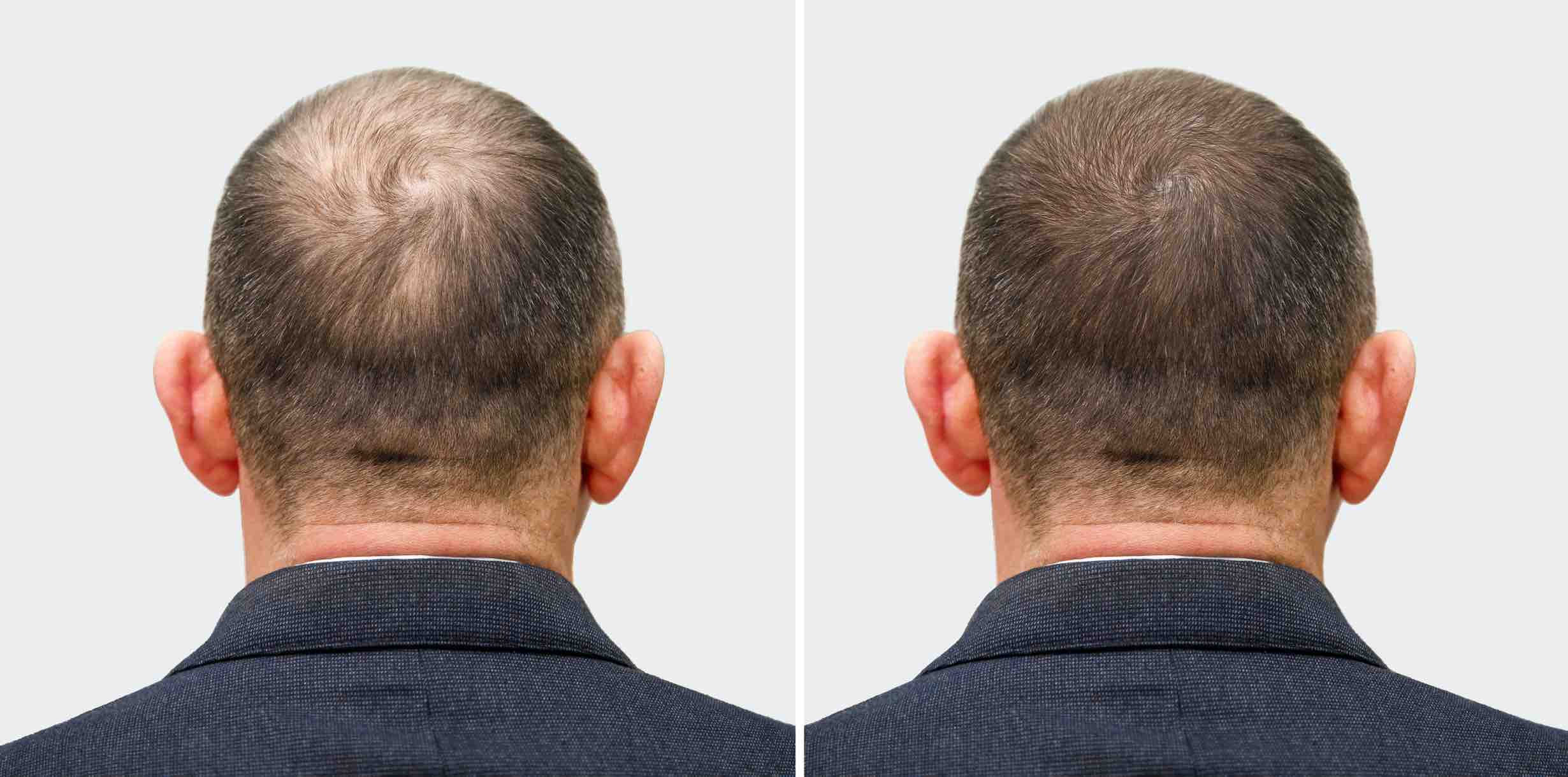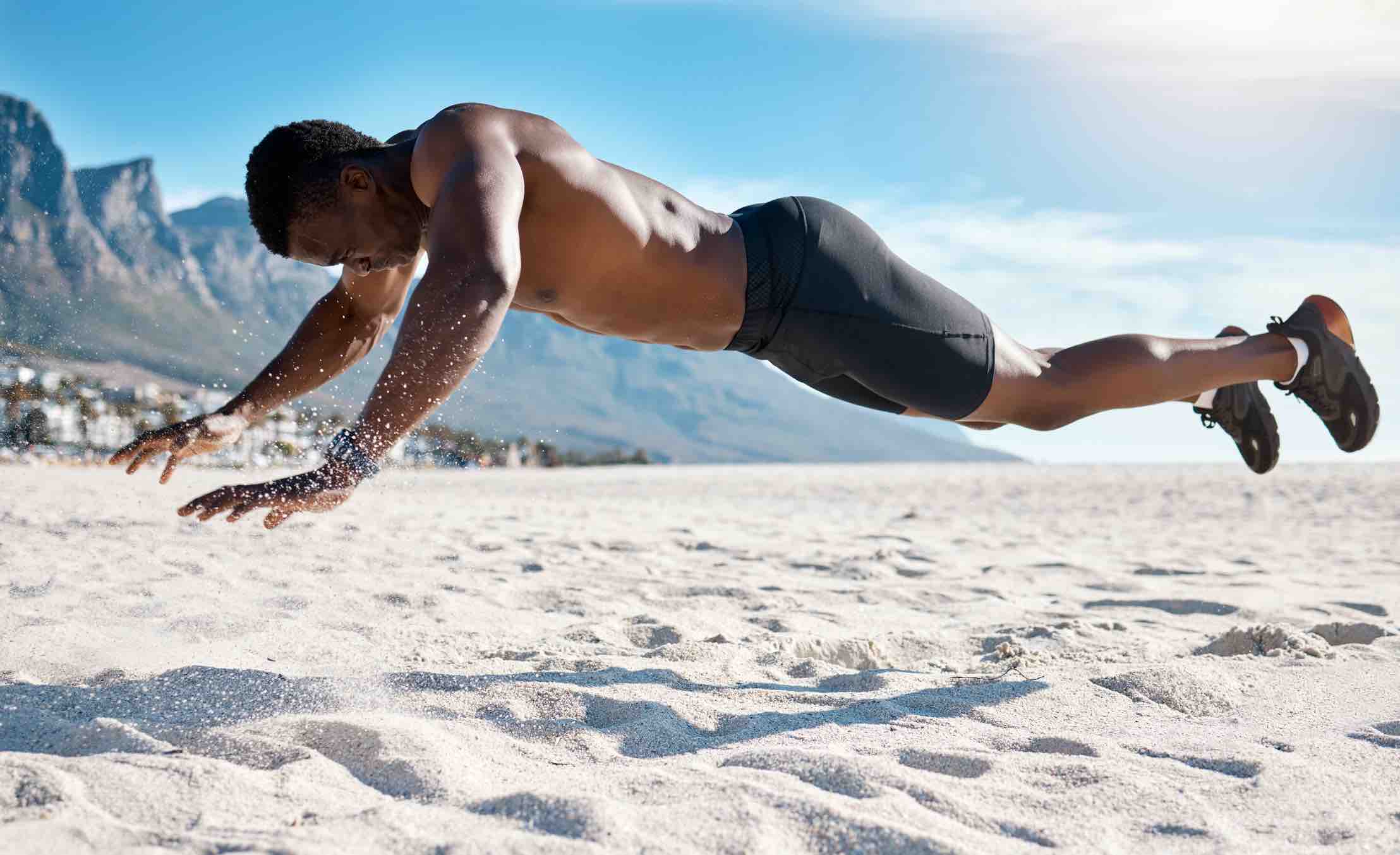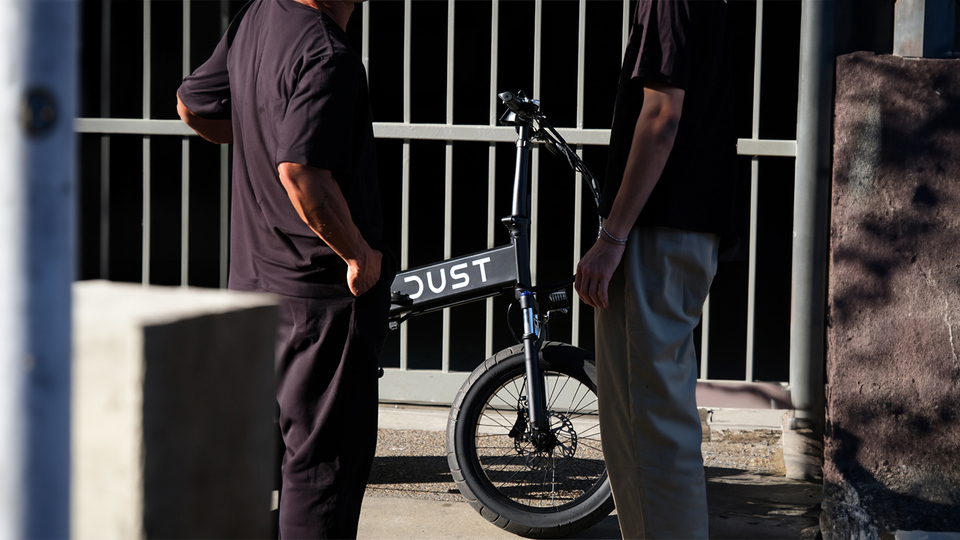Your cart is currently empty!

The Toughest Race On Earth
Most sane people wouldn’t take part in a 230km race – especially if it took place in the Sahara Desert. MF’s Tarquin Cooper takes on the fearsome Marathon des Sables.
Most sane people wouldn’t take part in a 230km race – especially if it took place in the Sahara Desert. MF’s Tarquin Cooper takes on the fearsome Marathon des Sables.
I’ve survived three days of scorching hell and I’m feeling like a desert warrior. I’ve run 100km through the barren African wilderness, and the day I’ve been looking forward to all week has arrived – it’s my birthday. My mum stashed a present in my race bag before I left, and now I can dig it out and open it. It’s a packet of wet wipes.
I’ve received another gift from the race organisers and, although this one was expected, it’s just as unwelcome. Today is the double marathon stage – 72km across the harshest terrain, including a 23km section across mountainous sand dunes. I’m about to find out why the Marathon des Sables is referred to as the toughest foot race on earth.
“Try to imagine running 72km on a normal day. Now imagine running it through the desert after you’ve run 100km in three days.”
Ultra challenge
While completing a marathon is an admirable achievement, the fact that thousands have done it – some of them dressed as comedy rhinos – diminishes it slightly when it comes to bragging rights. Even triathlons are becoming so popular now that it’s hard to impress people with tales of your swimming, cycling and running exploits. But run 230km through one of the most forbidding environments on Earth and they’ll be hanging on your every word. That’s why a thousand or so people sign up for the Marathon des Sables every year.
The course changes with each race, but it’s always broken into six stages, ranging from around 25km to the double marathon I’ve got to look forward to. Try to imagine running 72km on a normal day. Now imagine running it through the desert when you’ve run 100km over the previous three days. My legs are stiff, my shoulders are sore from carrying seven days’ worth of food on my back, and my toes are starting to resemble burst sausages, thanks to the sand going to work on my tender skin like a cheese grater. It’s not the ideal physical condition to begin a distance that – in training – took me 12 hours.
Dance tracks start blasting out of the sound system to psych everyone up before the day begins. It doesn’t take much to get everyone going. Soon, the atmosphere is as electric as a concert. The camaraderie crosses the language barrier: my neighbour puts his arm around my shoulders and wishes me “bon courage”.
Then the countdown over the loud hailer begins. “Cinq! Quatre! Trois! Deux! Un!” There’s a massive cheer and we’re off. I can’t quite believe I’m running again, but with the adrenaline firing, the pain of my blistered and bruised feet recedes.
The competitors line up at the start.
Sand storm
The annual Marathon des Sables – the name means “marathon of the sand” – was founded by French adventurer Patrick Bauer, who got the idea came during an epic 300km trek across the Algerian Sahara in 1984. One night, he saw a shooting star which he said transported him into a “dream world”.
On his return home, he vowed to recreate the experience for others. Two years later, he returned with 23 friends and the Marathon des Sables was born.
One of the early competitors was the British endurance expert Dr Mike Stroud, best known as Sir Ranulph Fiennes’s frequent expedition partner. In his book Survival Of The Fittest, Stroud declares it “one of the toughest foot races on Earth”. The label stuck. While other desert races have since emerged that are arguably harder (see the box “Run Along” over the page), the MdS remains the benchmark desert running challenge.
One of the reasons is that it’s so well organised. The organisers’ caravan consists of 400 volunteers, dozens of the local Berber tribesmen who set up the camps and a team of 40 medical staff. During the week they’ll get through 5km of plasters treating bleeding and blistered feet. Such is the demand, competitors queue for up to two hours to be seen.
Cleaning up messed-up feet is a thankless task but occasionally, more emergency care is required. In 2006, freak humidity levels led to a record 146 competitors pulling out, of which 62 were put on emergency drips, while the event also had its first serious case of hyperthermia – overheating. This is when your temperature system goes haywire and the body starts cooking itself to death.
In 1994, Mauro Prosperi became disoriented during a sandstorm and was lost for nine days. He survived by drinking his own urine and eating bats.
Heating malfunction
Before taking part, I read Stroud’s book and found that in it, he describes how humidity is a bigger problem than hot temperatures. Short of diving into a swimming pool and then standing in the wind, sweating is the most efficient way the body has of cooling itself. In humid conditions, sweating becomes inefficient because there is already so much moisture in the air. When it fails, there’s little to stop you getting hotter and hotter.
But the 2006 humidity wasn’t the race’s closest call with disaster. During the 1994 race, Italian Mauro Prosperi became disoriented during a sandstorm and was lost for nine days. He survived by apparently drinking his own urine and eating bats and was eventually discovered 300km off-route and 18kg lighter.
MF’s Tarquin gears up for the long, harsh road ahead.
Dune running
We set off on the double marathon stage into a fierce headwind. It’s so strong that we huddle together like cyclists in a peloton, slipstreaming each other and taking turns at the front. The pace is hardly quick, but we make good progress and I feel a part of a great train across the Sahara.
It takes seven hours to cover just 36km to the feared sand dunes of Erg el Rhouâl. It’s sobering to think that there are just a couple of hours of light left and I’m only halfway through the day’s distance. I stop to eat what meagre supplies of food I’ve allotted myself – some cereal and an energy bar – and crack on into the dunes.
At first it’s incredible, the most beautiful landscape I’ve ever seen. The desert transforms into an ocean of giant waves. Buzzing from the sugar rush and the amazing view, I run along their crested tops and leap down their steep sides.
But the energy rush doesn’t last long. Soon it gets dark, the wind picks up and I find myself alone, trudging through the sand with only a compass for company, struggling to take every step. In daylight, it’s possible to stay on high ground by following the crests of the dunes, but they’re difficult to make out in the darkness. Instead, competitors are obliged simply to run in a straight line, navigating by following a laser beam erected by organisers several kilometres away.
After a while, I fall in alongside a runner who, it transpires, used to be in the French Foreign Legion – and even he says this is brutal. We come to wall after wall of sand. Some of the dunes are 50m high and the only way is straight up. At first, the sand is compact, but at a certain point it gives way and all I can do to stop myself from sinking back down is to scramble like mad for the top. Then, just as I gain the ridge, the wind attacks, peppering my face with a shotgun blast of sand. Every time. For two hours this experience continues. One competitor is temporarily blinded during this stage.
Then, bizarrely, it rains.
Twelve hours after setting off, I make it to the end of the dunes – and there’s still 13km to go. A tent beckons and the urge to sit down is overwhelming, but I drive myself onwards. This is the most demoralising stage of the race by far. In the distance, I can make out the beam from car headlights that signals the camp. But in two hours, they never seem to get any closer. Looking at them becomes a torture because I feel as though I’m not making any distance.
Eventually, just shy of 15 hours since setting off in the morning, I make it to the stage finish line. I find my allocated tent and crawl into my sleeping bag. It’s just before midnight and there’s one final thing I have to do before crashing out. I’ve squirrelled away a miniature of brandy to celebrate my birthday. I rummage in the bowels of my backpack, fish it out and down it in one to salute an epic day. It tastes like triumph.
I crash out, absolutely wrecked.
The dunes may look beautiful, but they’re cruel and punishing.
Sands of time
If only that were the end of it. But that’s the thing with the Marathon des Sables. At the end of each stage you feel you can’t walk another 10m, let alone another kilometre. Then you wake up and discover that you’ve got to do the whole thing all over again on legs and feet that are in an even worse state than the day before.
You’re also running on calorie deficit. Competitors have to be self-sufficient.
Everything you eat over the seven days of the race has to be carried on your back – which is almost as much of a challenge as the whole running through the desert thing. If you could take as much food as you’d like, you’d be lucky to fit it in the boot of car, let alone a backpack that has to weigh less than 15kg at the start.
My rations consist of two dehydrated expedition meals per day, an energy bar for every 24km and various powders to supplement the 12-litre daily water ration, plus a few luxuries such as nuts and dried meat, amounting to about 3000 calories a day. I’ll return home 6kg lighter.
But first I have to get to the finish. Two days are allowed to complete the 72km of the double marathon stage, so completing it in under 24 hours turns day five into a much-needed rest day. Day six, however, is a ball-breaking marathon. I may have got a psychological boost from finishing the hardest part of the race, but the penultimate day is the most painful.
Halfway through my glycogen stores run out and I seize up like an engine out of oil. I trot along and watch in helpless frustration as someone overtakes me – walking. It takes me almost seven hours to finish the stage and, come morning, I can barely walk.
But that doesn’t matter. All that stands before me and the finish is a mere half marathon. After everything else, that’s barely a leg-stretch. My pack is almost empty. I’m going to do this. The pain recedes, the muscles remember what to do and I’m running again! God, it’s good!
When I see the finish line, the physical reaction is immediate. From the flailing wreck of a minute ago I’m suddenly bionic. Tears well up and I stride out for the finish, arm in the air. I’ve run a total of 39 hours and 10 minutes for this moment. I cross the line and am congratulated by Patrick Bauer. He embraces me in a Gallic hug. Someone else puts a medal around my neck. I’ve finished in 359th position – not that it matters. As one competitor tells me, “We’re all champions.”
More Info:




